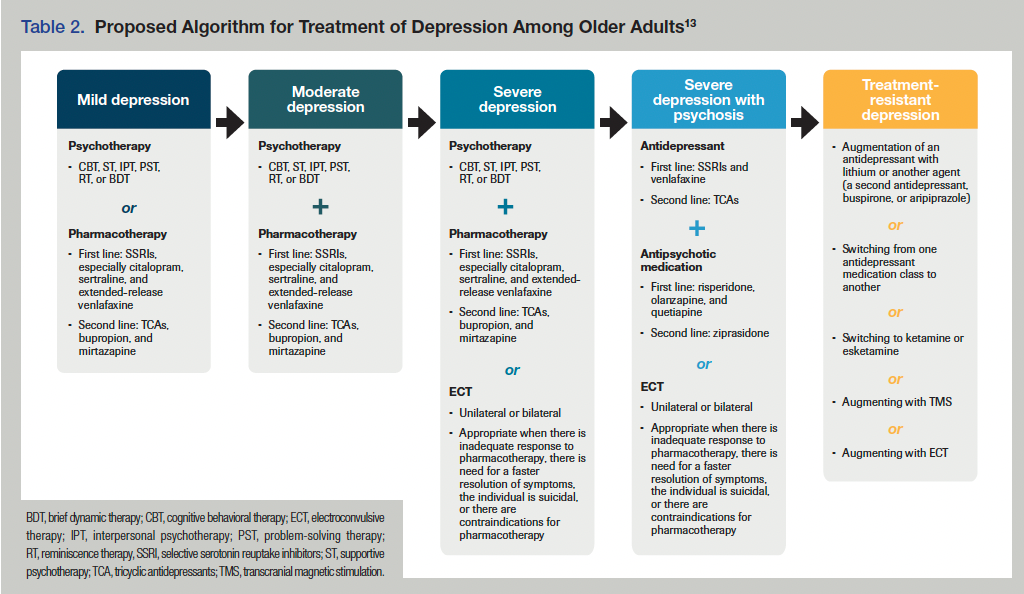Reference




OpenAI's Answer
Adjunctive therapies in antidepressant regimens are used to enhance the effectiveness of primary antidepressant treatments, especially in cases of treatment-resistant depression (TRD). Here are some commonly considered adjunctive treatments, along with some notable examples:
Medications
-
Atypical Antipsychotics
- Aripiprazole (Abilify)
- Brexpiprazole (Rexulti)
- Quetiapine (Seroquel XR)
- Olanzapine (when combined with fluoxetine)
-
Mood Stabilizers
- Lithium
- Lamotrigine
-
Other Pharmacological Agents
- Ketamine and Esketamine (for rapid symptom relief in TRD)
- Stimulants (e.g., methylphenidate)
- Anti-anxiety agents
Non-Medication Treatments
-
Cognitive Behavioral Therapy (CBT)
- Mindfulness-Based Cognitive Therapy (MBCT)
- Cognitive Processing Therapy (CPT)
-
Electroconvulsive Therapy (ECT)
- Used for severe cases of depression that do not respond to other treatments.
-
Transcranial Magnetic Stimulation (TMS)
- A non-invasive procedure that uses magnetic fields to stimulate nerve cells in the brain.
-
Deep Brain Stimulation (DBS)
- A more invasive procedure involving the implantation of a medical device that sends electrical impulses to specific parts of the brain.
-
Light Therapy
- Particularly useful for seasonal affective disorder (SAD).
-
Vagus Nerve Stimulation (VNS)
- A treatment that involves electrical stimulation of the vagus nerve.
Sources and Further Reading
- NCBI discusses various augmentation or adjunctive therapies for treatment-resistant depression.
- WebMD provides information on FDA-approved add-on therapies for depression.
- Cleveland Clinic offers insights into adjunctive treatments for TRD, including medication options.
Images
Here are some relevant images from the search results:


These treatments are tailored to the individual, based on the severity of the condition, the patient's response to previous treatments, and overall health condition. Always consult a healthcare provider for personalized medical advice.